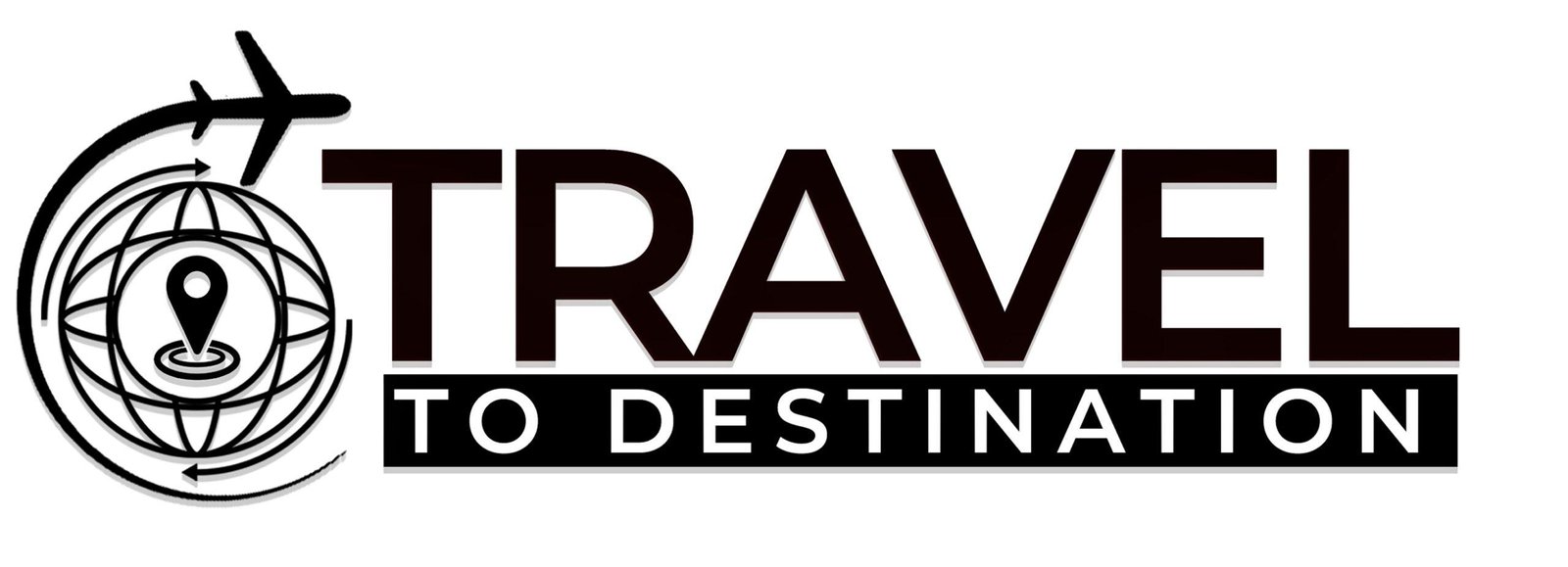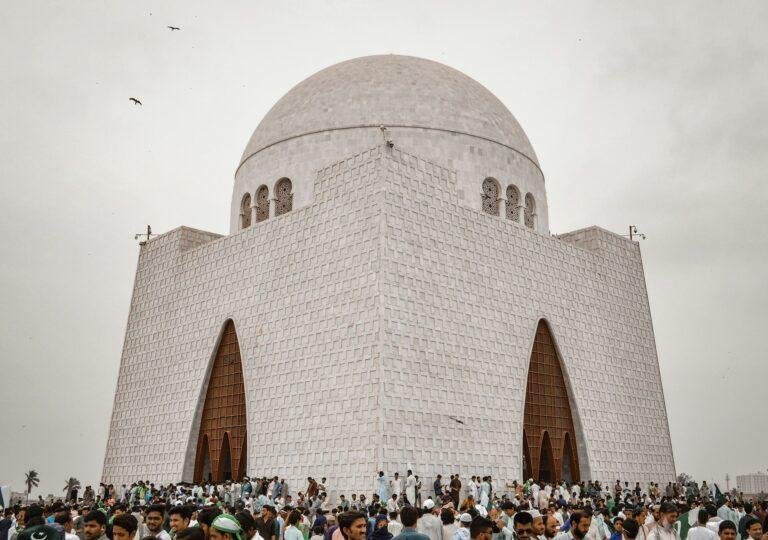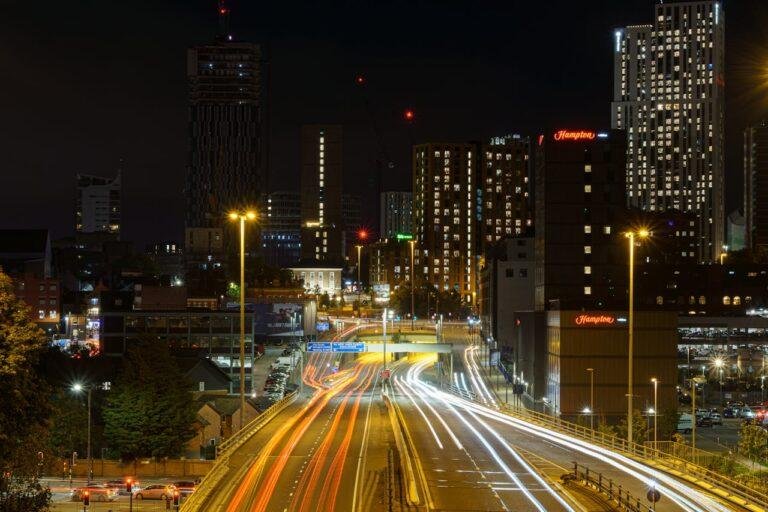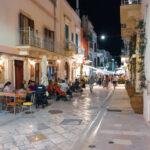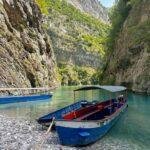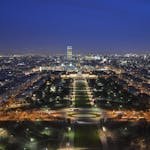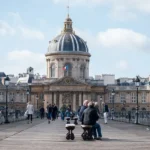Nestled in the dramatic mountains of Gilgit Baltistan, Hunza Valley is often dubbed “heaven on earth.” With its snow-capped peaks, vibrant culture, and legendary hospitality, it has earned a place on every traveler’s must-visit list. But to truly experience the magic of Hunza, timing is everything.
The valley transforms dramatically with the seasons—from blooming cherry trees in spring to fiery fall colors in October. Depending on when you go, you’ll encounter different landscapes, festivals, and weather conditions.
This month-by-month guide will help you choose the best time to visit Hunza Valley based on your interests—whether it’s cultural immersion, trekking, or simply soaking in the stunning landscapes.
Hunza Valley at a Glance
- Region: Gilgit Baltistan, Pakistan
- Altitude: ~2,438 meters (7,999 feet)
- Known for: Snow-capped peaks, historic forts, cherry and apricot blossoms, and terraced villages
- Famous spots: Rakaposhi Base Camp, Altit Fort, Attabad Lake, Passu Cones
- Popular with: Nature lovers, photographers, trekkers, and cultural explorers
Best Time to Visit Hunza Valley
January – Snowfall and Solitude
January brings peak winter to Hunza. The valley is blanketed in snow, making it a paradise for those seeking quiet landscapes and dramatic mountain views.
- Best for: Snow photography, peaceful travel, winter treks (experienced hikers only)
- Downsides: Harsh temperatures, many guesthouses closed
- Travel tip: Babusar Pass is closed; take the Karakoram Highway
February – Rugged and Remote
February is much like January—cold, remote, and beautiful. Expect temperatures well below freezing and minimal tourist activity.
- Best for: Adventurers, photographers, solitude seekers
- Activities: Enjoy local food, warm up with herbal teas, and photograph frozen rivers
- Limitations: Limited access to outdoor activities such as trekking
March – Winter Thaws Begin
As winter loosens its grip, March brings melting snow, gushing streams, and hints of spring.
- Great for: Cultural travelers, off-season photographers
- Weather: Still cold but with sunny days and longer daylight
- Expect: Quieter roads, peaceful walks through snow-covered orchards
April – Cherry Blossoms and Crisp Air
April is one of the most visually stunning months to visit Hunza Valley. The landscape explodes with blooming flowers, especially cherry blossoms, against a backdrop of snow-capped peaks.
- Best for: Photographers, couples, spring lovers
- Events: Spring local festivals, traditional dances, and village feasts
- Must-visit: Altit and Baltit Forts framed by pink blossoms
- Tip: Book accommodation early—April is peak blossom season
May – Lush Meadows and Cultural Vibes
In May, Hunza transitions from blossoms to greenery. The air is fresh, the mountains are visible, and trekking routes begin to open.
- Best for: Families, backpackers, road trippers
- Highlights: Start of access to Rakaposhi Base Camp, pleasant weather, waterfalls in full flow
- Seasonal fruits: Apricots, mulberries
June – Peak Adventure Season
By June, Hunza is fully alive. Treks are open, valleys are lush, and the region buzzes with cultural festivals and tour groups.
- Best for: Adventure seekers, photographers, multi-day explorers
- Activities: Boating in Attabad Lake, jeep rides to Khunjerab Pass, hiking to glaciers
- Weather conditions in Hunza: Clear skies, warm days, cool nights
July – Culture in Full Swing
July is warm, lively, and deeply cultural. Local festivals celebrate music, dance, and tradition.
- Best for: Experiencing Hunza’s community life
- Top events: Hunza Cultural Festival, local food fairs
- Weather: Ideal for sightseeing and outdoor dining
August – Green, Gorgeous, and Busy
August is lush and lively, with streams at their fullest and valleys draped in deep green. It’s also one of the busiest times to visit.
- Best for: Nature photographers, luxury travelers, families
- Expect: Crowds at major viewpoints—book hotels and transport early
- Activities: Sunrise views at Eagle’s Nest, walking tours in Gojal
September – The Sweet Spot Before Fall
September offers a quieter version of summer. The weather is still lovely, but the crowds start to thin.
- Best for: Budget travelers, solo explorers
- Highlights: Access to all trails, early signs of fall colors, crystal-clear skies
- Tip: A great time for road trips through Gilgit Baltistan
October – The Ultimate Season of Color
If you’re after vibrant fall colors, October is the best time to visit Hunza Valley. Golden and red leaves transform the landscape into a painter’s palette.
- Best for: Photographers, couples, autumn lovers
- Notable spots: Hopper Valley, Passu, Karimabad Forts
- Cultural tip: Attend a local festival like the harvest celebration in Altit
- Weather: Dry, sunny days; chilly nights
November – Quiet Beauty
In November, the colors fade, and the chill sets in. The valley begins winding down for winter.
- Best for: Quiet reflection, digital detox, and budget stays
- Expect: Shorter days, fewer tourists, but gorgeous evening light
- Activities: Reading by the fire, photographing bare branches, village walks
December – Winter Wonderland Returns
December marks the start of the deep winter season. Snow begins to fall again, blanketing villages and mountains alike.
- Best for: Solo travelers, snow lovers, and those seeking peace
- Not ideal for: Trekkers or adventure sports
- Weather: Sub-zero temperatures; prepare accordingly
What to Pack for Hunza by Season
| Season | Essentials |
| Spring (Mar–May) | Thermal wear, hiking boots, allergy meds |
| Summer (Jun–Aug) | Sunscreen, light jackets, trekking gear |
| Autumn (Sep–Oct) | Warm layers, photography gear, hiking shoes |
| Winter (Nov–Feb) | Snow boots, gloves, thick jackets, moisturizers |
Best Local Festivals in Hunza Valley
Hunza’s festivals offer a rare chance to experience the region’s soul. These events are full of traditional food, music, and community bonding.
- Spring Blossom Festival (April)
- Ginani Harvest Festival (June)
- Hunza Cultural Festival (October)
- Navroz (March): Celebrated by Ismaili communities marking the new year
Timing your trip with these cultural festivals can make your visit even more meaningful.
Frequently Asked Questions about Visiting Hunza Valley
1. Which is better, Hunza or Skardu?
Both Hunza and Skardu are breathtaking regions in Gilgit Baltistan, but they offer different experiences.
- Hunza is more accessible, culturally rich, and ideal for first-time travelers. It boasts historic forts, fall colors, cherry blossoms, and snow-capped peaks like Rakaposhi.
- Skardu is wilder, higher, and more remote, attracting seasoned trekkers and mountain climbers. It’s the gateway to K2, Deosai Plains, and Shigar Valley.
If you’re short on time or new to the region, Hunza is better for a balanced, scenic, and cultural experience. For hardcore adventure and less tourism, Skardu might be your calling.
2. In which month does snow fall in Hunza?
Snowfall in Hunza Valley typically begins in late November and continues through March. The heaviest snow usually occurs in December and January, transforming the valley into a serene winter wonderland.
- Best months for snow lovers: December to February
- Access routes like Babusar Pass close in winter, so travelers usually enter via the Karakoram Highway
3. How many days are enough for Hunza?
A minimum of 4 to 5 days is ideal to explore the major highlights of Hunza Valley without rushing.
Suggested 5-day Hunza itinerary:
- Day 1: Arrive in Hunza via Gilgit
- Day 2: Visit Altit Fort, Baltit Fort, and Karimabad Bazaar
- Day 3: Attabad Lake, Passu Cones, Hussaini Suspension Bridge
- Day 4: Optional day hike or visit Khunjerab Pass
- Day 5: Return or explore Hopar Valley and Rakaposhi viewpoint
If you’re into photography or trekking, consider 6–7 days to enjoy slower travel and outdoor activities.
4. Is Hunza better or Fairy Meadows?
It depends on what you’re looking for:
- Hunza offers accessibility, infrastructure, and a mix of cultural heritage, natural beauty, and comfortable stays.
- Fairy Meadows is more remote, requiring a jeep ride and a 3-hour hike. It’s best for those wanting raw, high-altitude adventure and a close-up view of Nanga Parbat.
For families and general travelers, Hunza is better.
For seasoned trekkers or nature purists, Fairy Meadows offers more adventure.
5. Is Hunza worth visiting?
Absolutely, yes. From its majestic snow-covered mountains and ancient forts to vibrant cultural festivals and peaceful villages, Hunza Valley is one of Pakistan’s most spectacular destinations.
It’s perfect for:
- Nature lovers
- Adventure seekers
- Photographers
- History buffs
- Solo travelers and families alike
Whether you go in spring for cherry blossoms, summer for trekking, or autumn for fall colors, Hunza is always worth visiting.
Conclusion: Choosing the Best Time to Visit Hunza Valley
So, when is the best time to visit Hunza Valley? The season offers various activities, including cherry blossoms, outdoor adventures, fall colors, perfect light, and quiet, snowy solitude from December to February.
No matter the month, Hunza Valley delivers unique experiences. Just plan around the weather conditions in Hunza, consider the high altitude, and align your visit with your travel style—be it relaxation, photography, or heart-racing mountain treks.
Because once you’re there, surrounded by those snow covered peaks, warm-hearted locals, and timeless views—it won’t matter when you came. You’ll just be glad you did.
